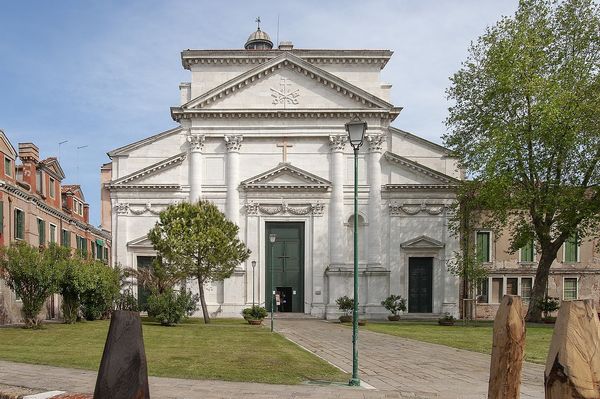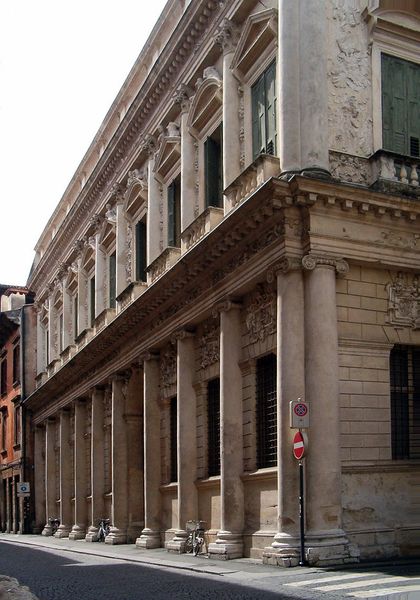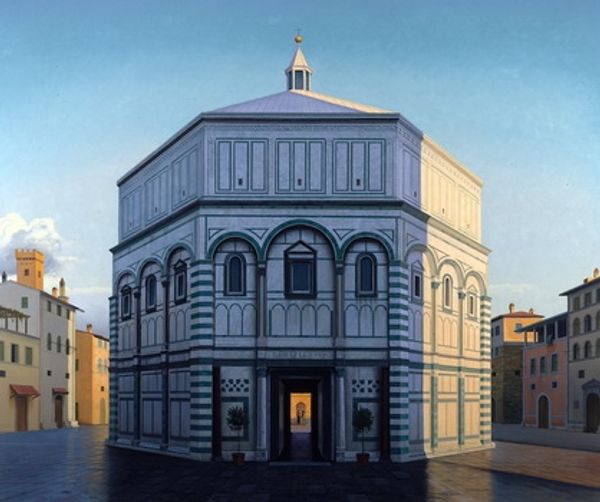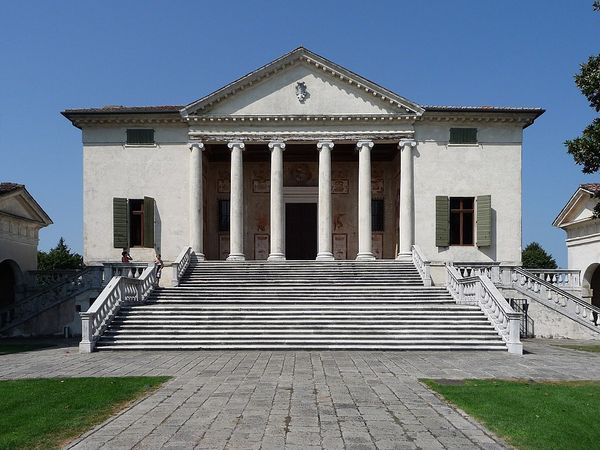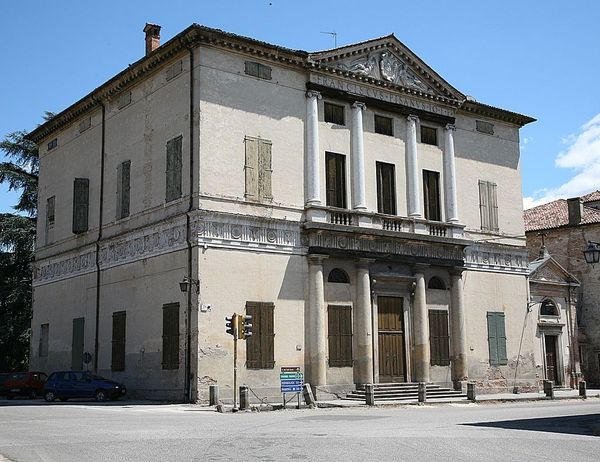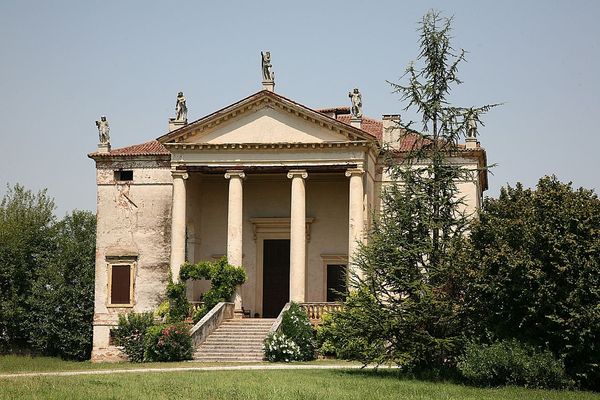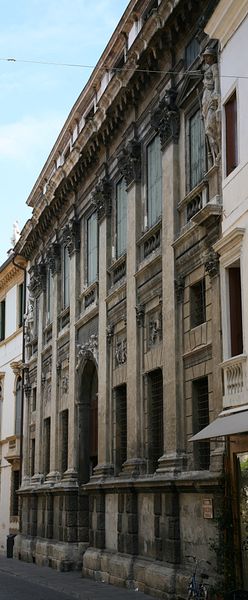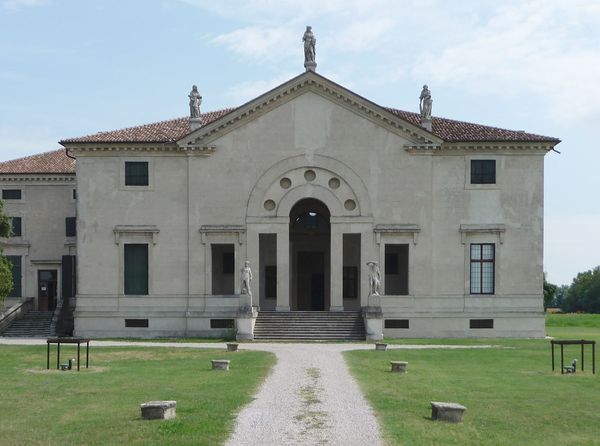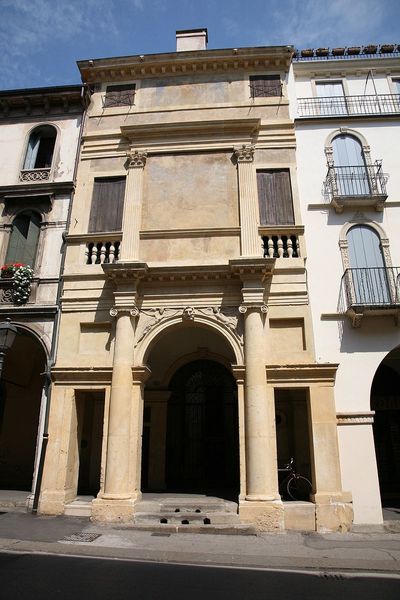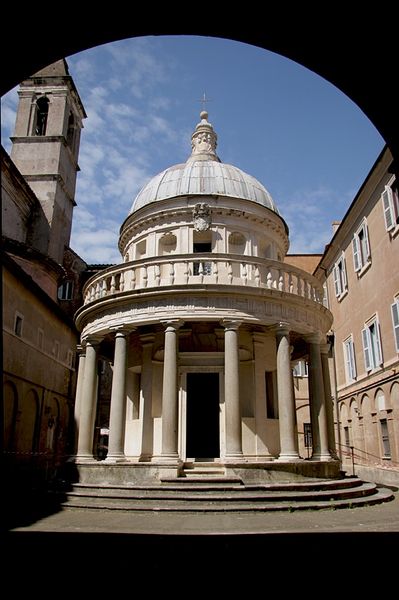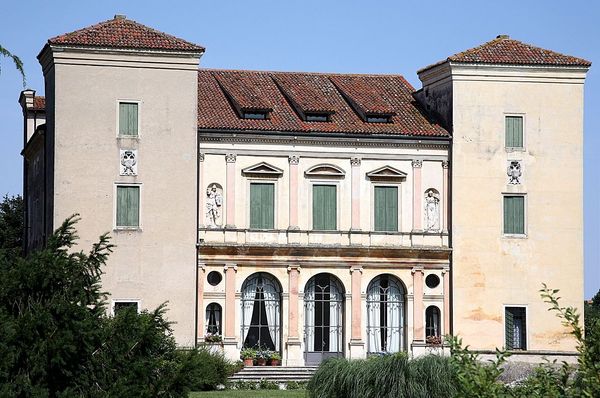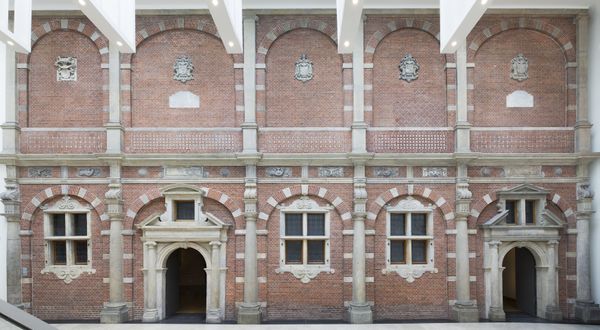
architecture
#
landscape
#
classicism
#
italian-renaissance
#
architecture
Copyright: Public domain
Curator: What immediately strikes me about this façade is the use of light and shadow. The way the sunlight emphasizes the geometrical forms creates such depth and an almost theatrical interplay. Editor: We are looking at the facade of San Francesco della Vigna, a church in Venice designed by Andrea Palladio around 1570. Considering the political climate of Venice at that time, it's worth noting that this church was a statement of power by the aristocratic Grimani family who commissioned it. The classicism expressed in its style reflected the elites trying to appropriate cultural value and stability, against the social tensions brewing at the time. Curator: I see the social tension alluded to with this architecture; Palladio so cleverly employs visual language. Note how the facade's superimposed temple fronts create this stunning harmony, achieved by mathematical proportion? Editor: Precisely, the harmony you’re sensing might belie the enforced harmony that aristocracy intended. Palladio’s design offered a renewed interpretation of classical Roman architecture which was perceived at the time as authoritative and desirable by those trying to establish themselves at the top. Curator: You make an interesting point. Focusing on design though, consider Palladio’s brilliant use of columns and pilasters and how he manipulates the viewer's eye upward. The architectural components speak to a Renaissance understanding of beauty being achieved through intellectual rigor. Editor: Definitely. While acknowledging Palladio's architectural innovations, we can also view them as tools used to perpetuate hierarchical social orders. Looking at the facade now I see beyond its pleasing geometry; it becomes part of a dialogue about power. Curator: Perhaps, but the interplay between its perfect forms and light expresses an undeniably unique understanding of architectural space. The architecture invites an introspective experience. Editor: An introspective experience that was, in some sense, meant to reaffirm established power structures. The architectural choices don't exist in a vacuum and speak volumes about both aesthetic vision and socio-political undercurrents of the Renaissance. Curator: Very well. You’ve given me so much to consider concerning its construction and broader cultural meaning. Editor: Indeed. And hopefully it encourages us all to look beyond immediate beauty and consider the wider narrative an artwork tells.
Comments
No comments
Be the first to comment and join the conversation on the ultimate creative platform.
